Our Primer on Growing Tomatoes in Containers
When growing tomatoes in containers, you need the right size and type of container and the right type of tomato plant. Pick a container that’s at least 18 inches wide and that has drainage holes. Choose a tomato variety that will thrive in a small space and that has a compact growing habit. You’ll also need a spot that gets a lot of sunlight everyday, a soilless potting mix and tomato cages to support the growing plant.
Choosing the Right Containers for Your Tomatoes
If you’ve ever walked through a garden store, you’ve probably seen that there are a lot of options when it comes to plant pots and containers. Some containers are better for tomatoes than others.

There are a few things you want to look at when picking the ideal container for your tomato plants. One is the material the container is made out of. Another is the size of the container.
Ideal Materials for Growing Tomatoes in Containers
Plant pots can be made out of a variety of materials. You might find containers made out of the following:
- Plastic
- Terracotta or unglazed clay
- Finished ceramic
- Metal
- Wood
There’s no “correct” material for growing tomatoes in containers, but some offer advantages others can’t. Plastic containers, for example, offer a range of benefits.
They are usually pretty lightweight, so you can move them easily if needed. The plastic isn’t porous, so water doesn’t evaporate from the container quickly in the heat of the summer.
Water evaporates quickly from terra cotta or unglazed clay pots, according to Burpee. The unfinished clay is very porous, so you might find yourself having to water a lot more when you use a terracotta pot.
The pots can also be on the heavy side and might break easily, especially if exposed to cold temperatures. Finished ceramic pots are also easily breakable, although they won’t lose water as quickly as unglazed terracotta pots.
Wooden containers, such as half whisky barrels, are large and can be ideal for growing tomatoes. But, as Sandra Rubino found out, they also attract wood roaches and termites.
Metal containers are durable and can be lightweight, depending on the type of metal. But, they can also rust easily and can be get pretty hot in the summer, since the metal absorbs and retains heat.
Here’s a great general guide before we dive into the details:
Ideal Container Size for Tomatoes
The size of your container is more important than its material. Tomatoes need plenty of space to grow. They have large, deep root systems that need a lot of room to spread out.
The actual size of your tomato container depends on the type of tomato plant you’re growing. Small varieties, such as dwarf tomato plants or patio plants, can thrive in a 5 or 10-gallon pot.
Otherwise, some gardeners recommend choosing a container that’s at least 18 inches in diameter if you are growing a determinate variety of tomatoes. If you’re growing an indeterminate variety, pick a container that is 24 inches wide or even larger. The tag that comes with the tomato plant should let you know if it is a determinate, indeterminate or dwarf variety.
What Every Container Needs
For your tomatoes to be happy, the containers you plant them in need to be able to drain. Even containers made of porous materials like terracotta need to have a drainage hole or two in the bottom.
If there’s no drainage hole, water will collect around the roots and essentially drown them. Along with picking containers with holes, you can improve drainage by placing a layer of river rocks or gravel on the bottom of the container.
Where to Put Your Tomatoes
Another benefit of growing tomatoes in containers is that you can choose where the tomatoes will grow. You can also move the plants if one spot turns out to be less than ideal.
According to the National Gardening Association, all tomato varieties need at least six hours of sunlight daily. When choosing a spot for your tomatoes, pick one that gets ample sunlight. If possible, find a spot that gets the most sun in the morning. Afternoon sunlight tends to be more intense and hotter than the morning sunlight.
If you can, it’s a good idea to put your tomatoes in a spot that is protected from strong winds. Too much wind can knock a plant down. Plus strong winds can dry out the soil quickly. Putting a tomato container near a wall can provide adequate protection in a windy area.
Ideal Tomato Varieties for Containers
You can grow any type of tomato plant in a container. But there are some varieties that are better suited for containers than others due to their size and their requirements.
Penn State’s Master Gardeners recommend choosing varieties that are bred for growing in tomatoes. A few varieties they recommend include Bush Early Girl, Super Bush Hybrid and Patio Princess.
How to Plant Tomatoes in a Container
Once you have the spot, the pot and the variety picked out, it’s time to plant. Rule one when planting tomatoes in a container: Do not use regular garden soil.
The soil you scoop from the ground in your garden or that you buy in a bag labeled “garden soil” isn’t meant for use in containers. It doesn’t provide the drainage needed for the plants to survive and is likely to clump up and choke the roots.
If the soil comes directly from the ground, it might not have the nutrients your tomatoes need. Worse, it could be contaminated with bacteria or toxins.
Use specially designed container soil when planting your tomatoes in a pot. You can buy bags of it at any garden store or online. It’s usually labeled container mix or potting soil.
The video from In Beth’s Garden walks you through the process of planting a tomato in a container. She also includes tips for caging the tomato, to give it enough support as it grows and for pruning it to keep its growth in check.
Whether your space is limited or you don’t have yard space at all, growing tomatoes in containers allows you to enjoy the fresh taste of homegrown tomatoes all summer long.
Photo by Mike Lieberman licensed under CC BY 2.0.

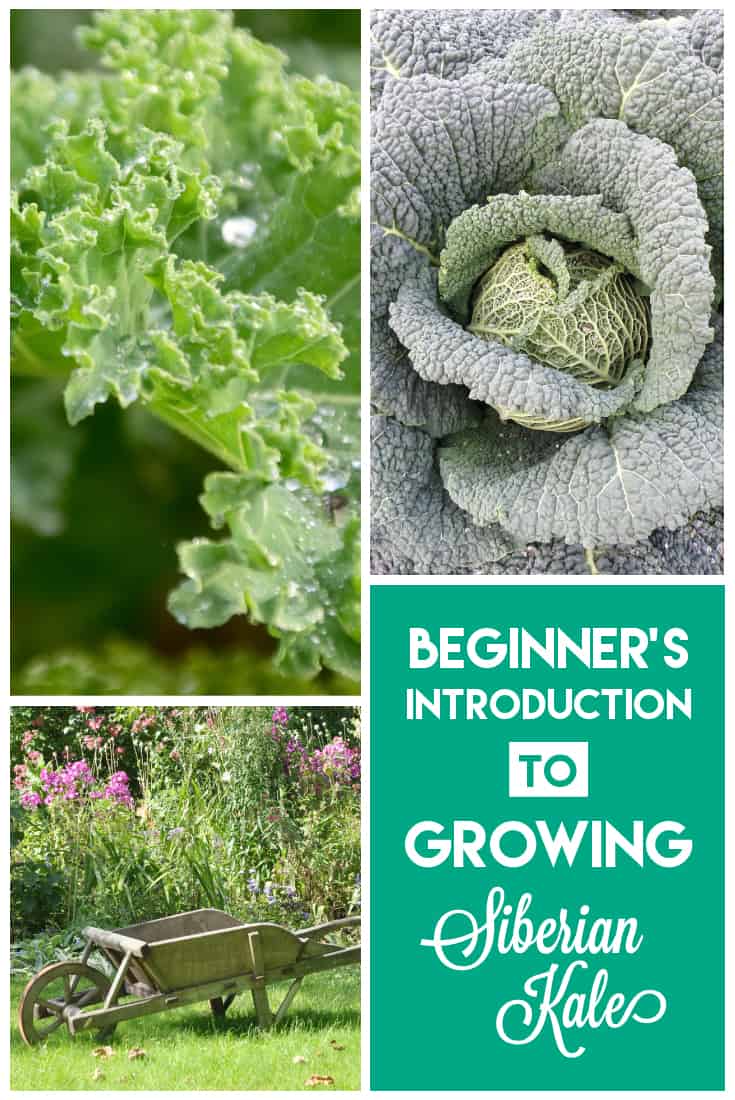
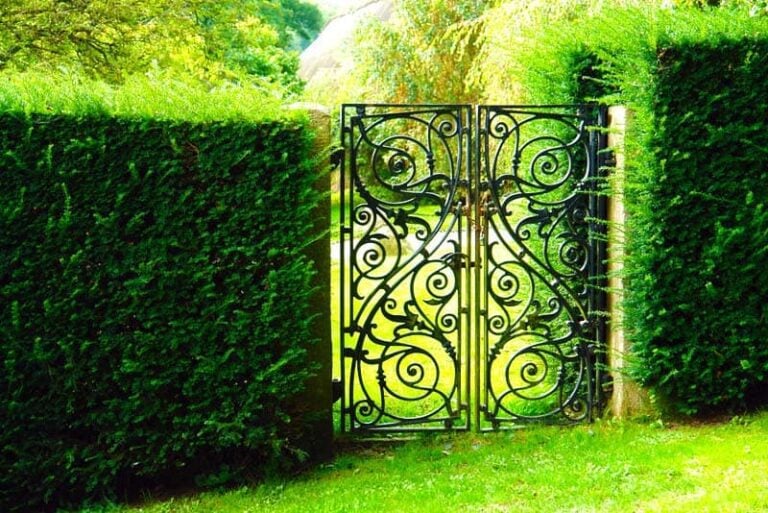
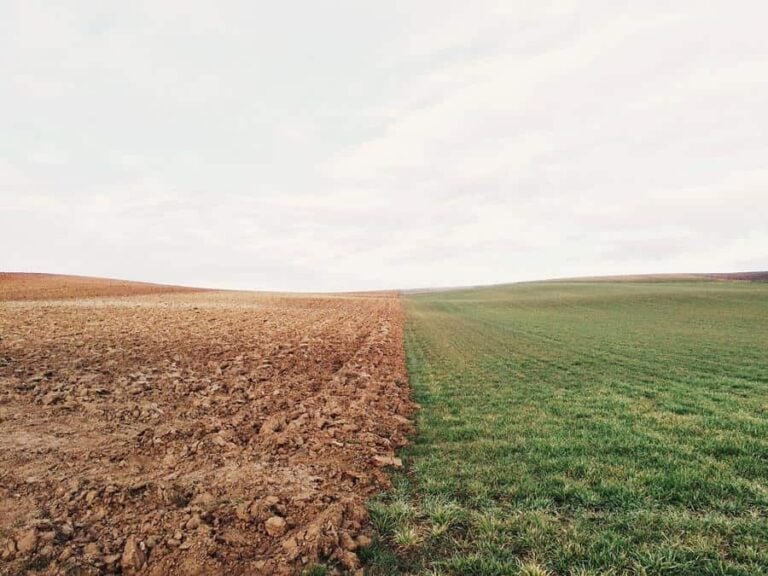
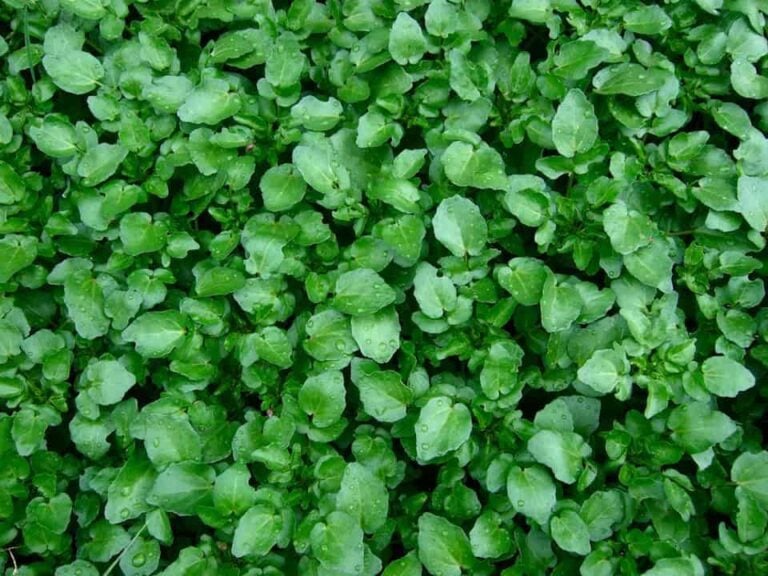
![Best Small Greenhouses (Ultimate Guide [year])](https://properlyrooted.com/wp-content/uploads/2022/10/image00-46-1-768x532.jpg)
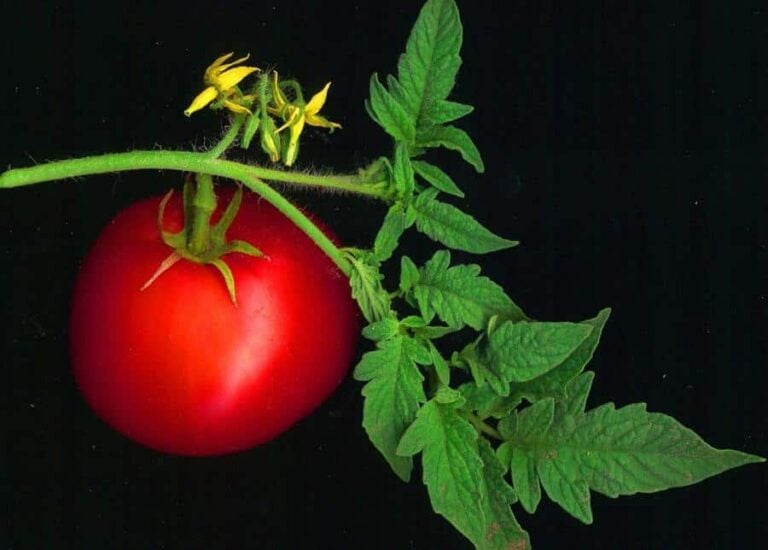
This quick guide for growing cloves is very useful for all categories of beneficiaries.